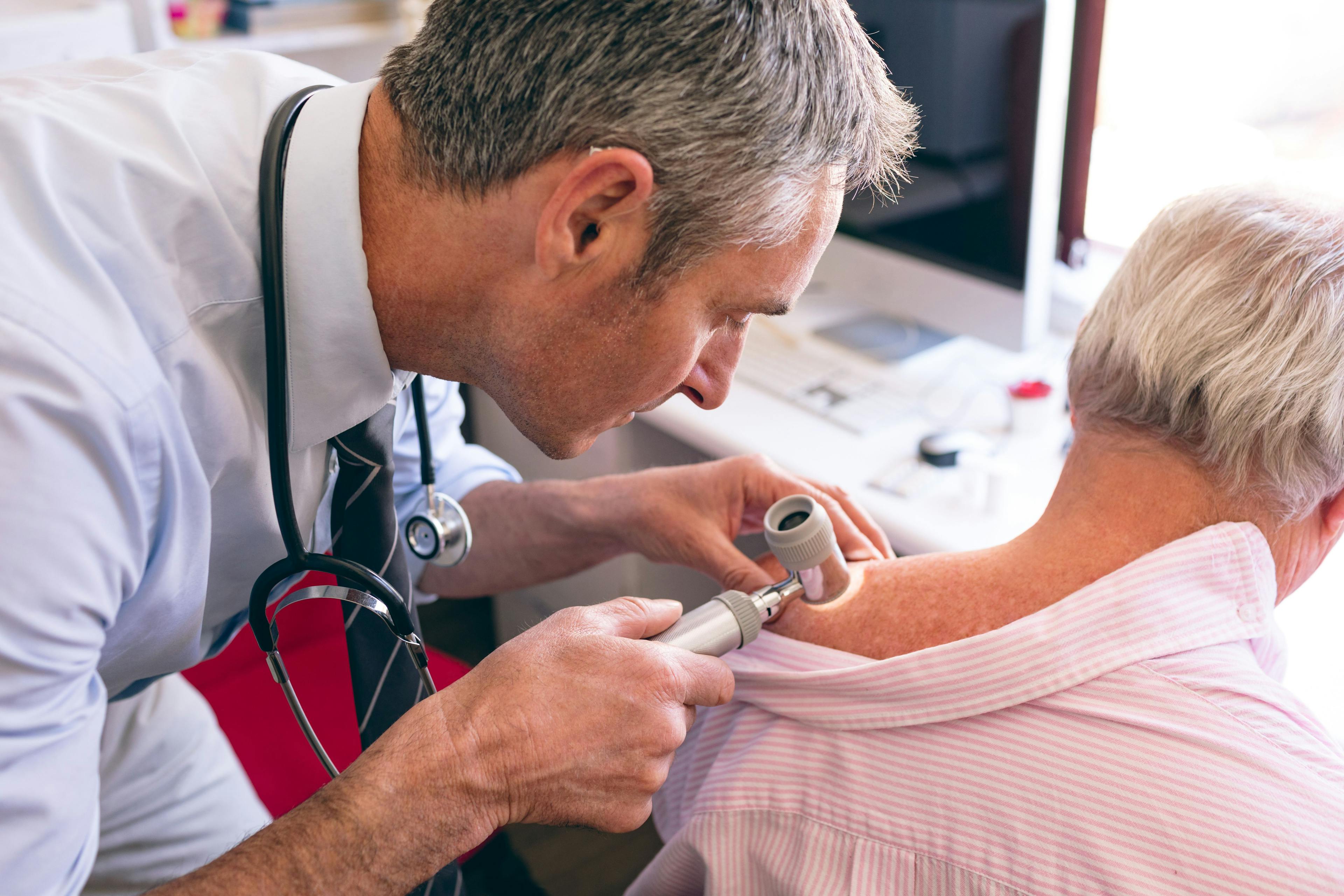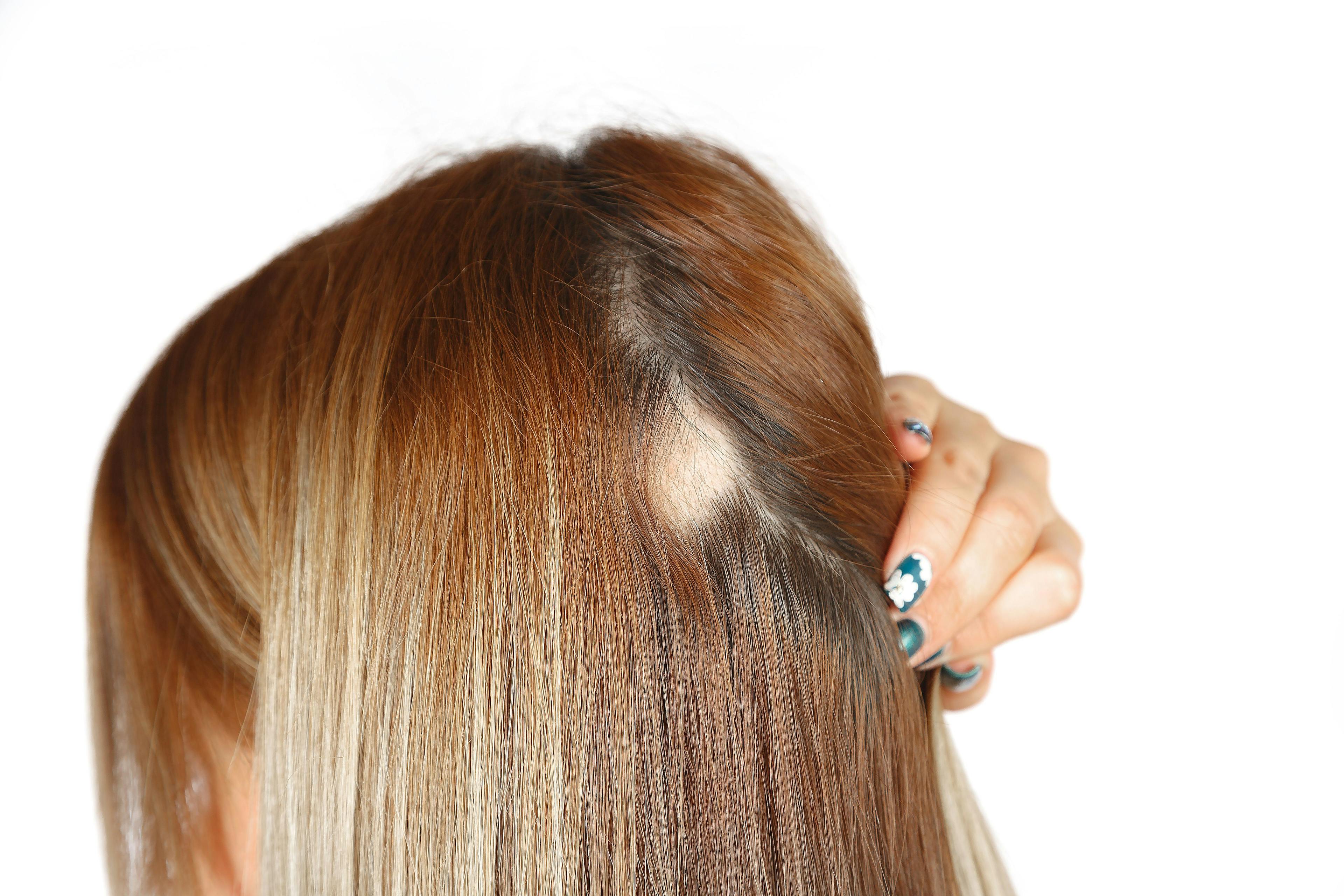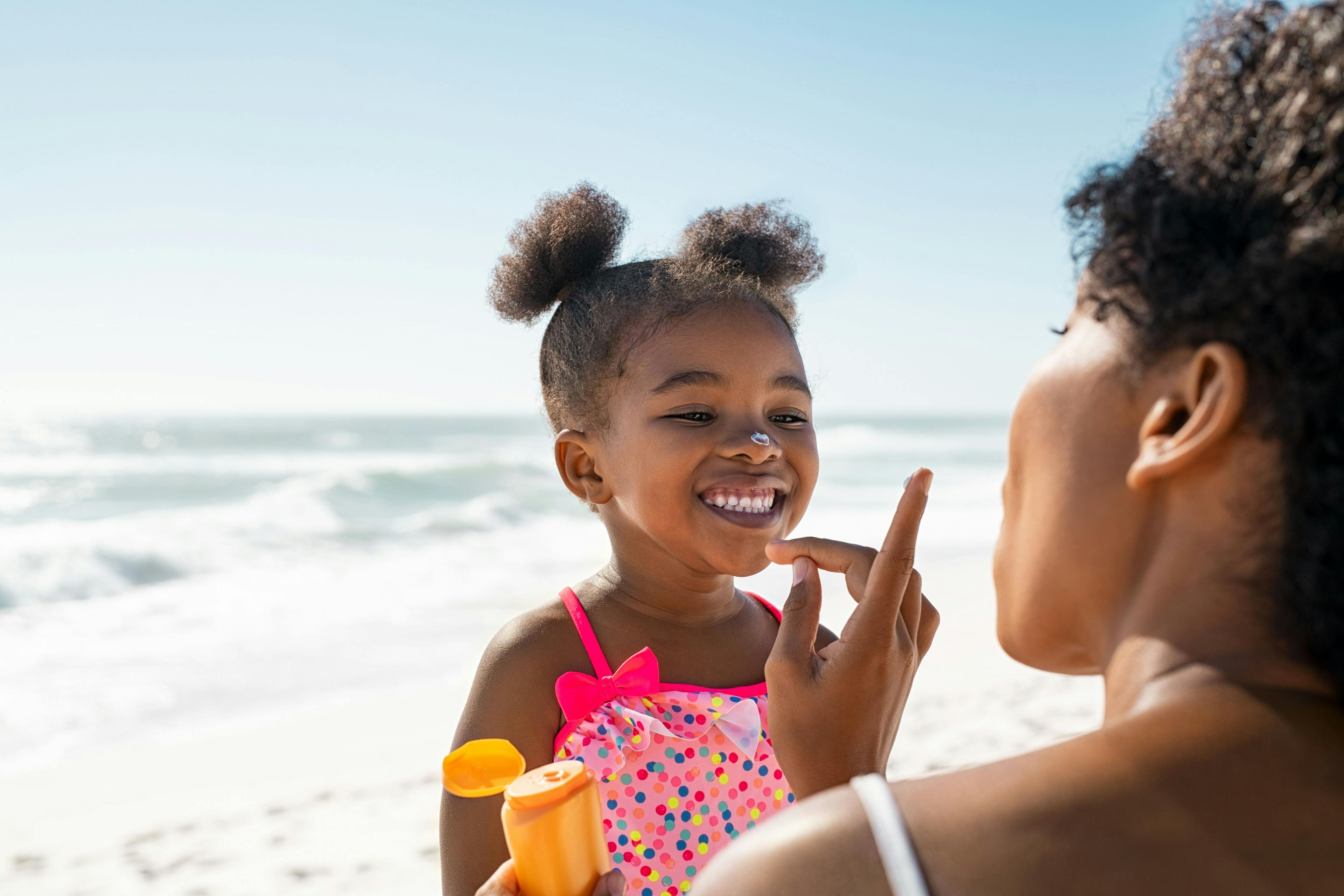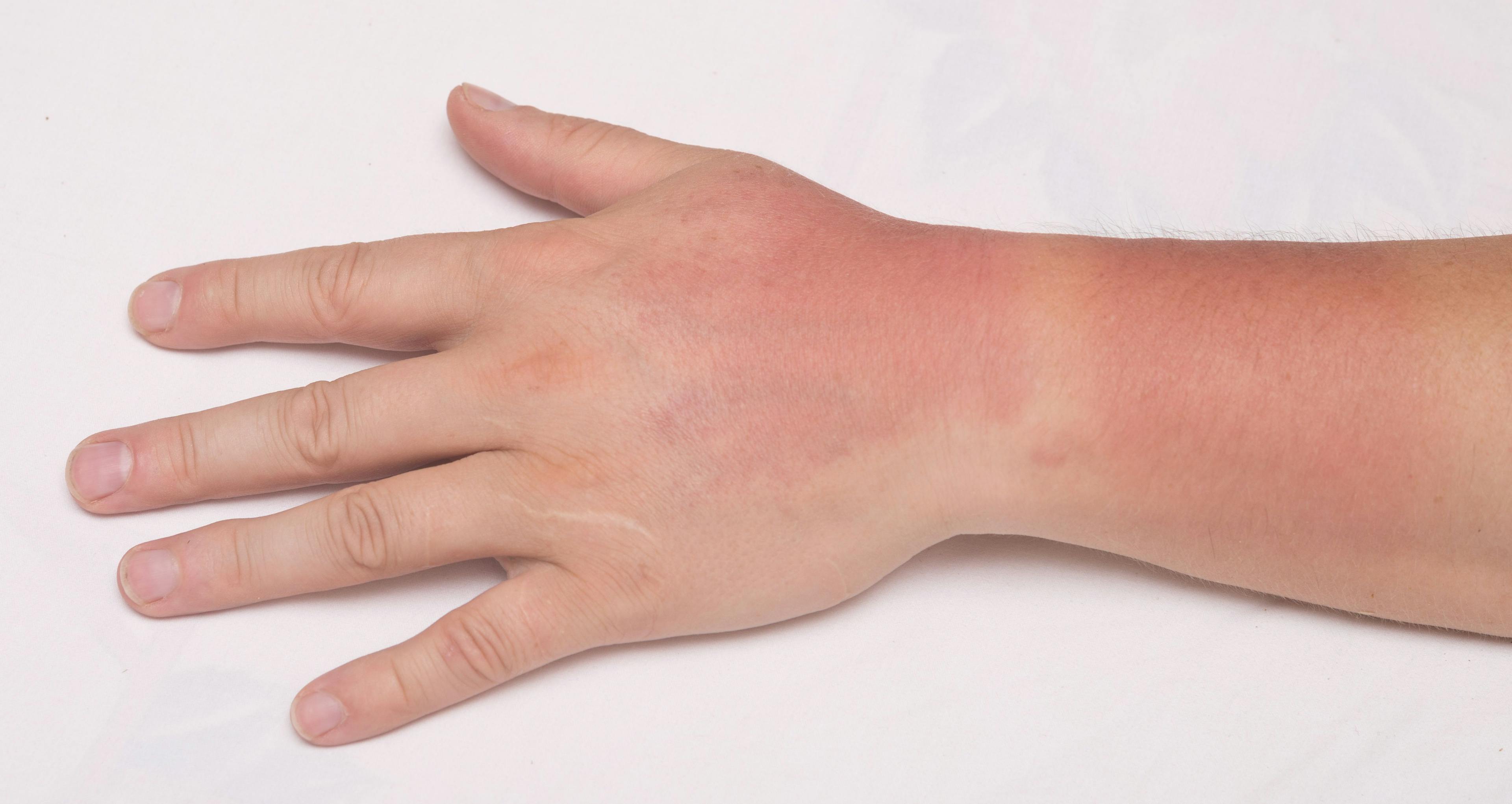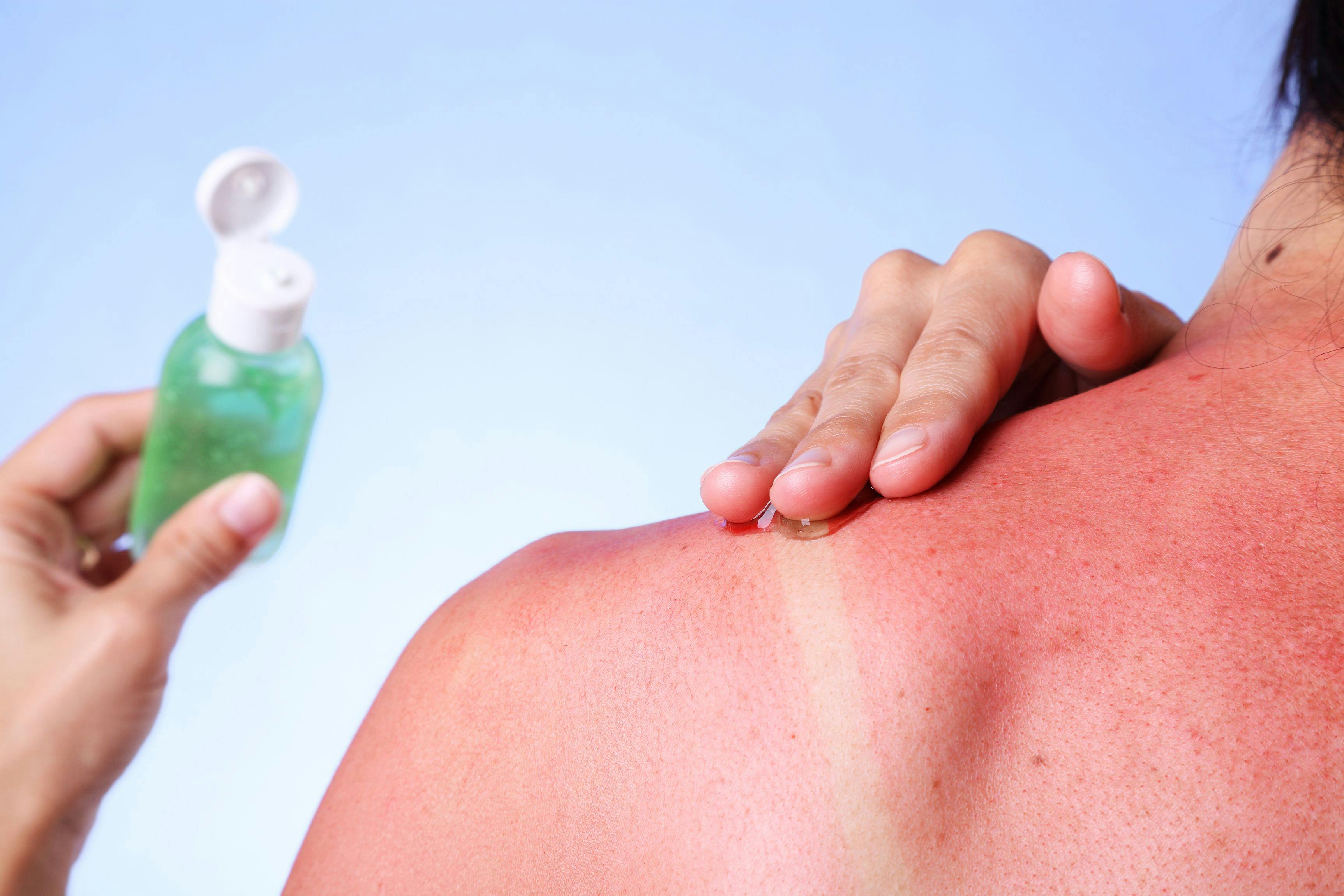- Acne
- Actinic Keratosis
- Aesthetics
- Alopecia
- Atopic Dermatitis
- Buy-and-Bill
- COVID-19
- Case-Based Roundtable
- Chronic Hand Eczema
- Drug Watch
- Eczema
- General Dermatology
- Hidradenitis Suppurativa
- Melasma
- NP and PA
- Pediatric Dermatology
- Pigmentary Disorders
- Practice Management
- Precision Medicine and Biologics
- Prurigo Nodularis
- Psoriasis
- Psoriatic Arthritis
- Rare Disease
- Rosacea
- Skin Cancer
- Vitiligo
- Wound Care
Publication
Article
Dermatology Times
Innovative Skin Care Pearls From AAD
Author(s):
In Dermatology Times®’ most recent Expert Perspectives series, Hot Topics in Skin Care in 2023, skin care experts met at the 2023 American Academy of Dermatology Annual Meeting to discuss their best treatment pearls.
blackday/AdobeStock

Dermatologists are consulted every day on their recommendations for the latest skin care innovations and what they can do for their patients. In Dermatology Times®’ most recent Expert Perspectives series, Hot Topics in Skin Care in 2023, skin care experts met at the 2023 American Academy of Dermatology (AAD) Annual Meeting to discuss their best treatment pearls. Joshua Zeichner, MD; Amy McMichael, MD; Patricia Farris, MD; and Ted Lain, MD, MBA, reviewed prescription and over-the-counter (OTC) acne treatments, skin renewal, photoprotection in patients with skin of color, and next-generation cleansing technologies.
Prescription and OTC Acne Treatments
“Acne is so much more than skin deep. We know that it has a significant psychosocial impact, influencing how people feel about themselves, performance in school, performance in the workplace, [and] even development of interpersonal relationships,” said Zeichner, an associate professor of dermatology at Mount Sinai Hospital in New York, New York. Treating acne at each stage of a patient’s life may require regimen adjustments to adequately address the patient’s concerns and quality of life to achieve treatment efficacy. According to Zeichner, one of the biggest disconnects between a dermatologist and their patient is the expectation of a particular time to treatment response. Often the patient expects results much earlier than is typically the case. Zeichner said that patients want to see skin improvements overnight, but true efficacy may take weeks or months of continuous use of products to see the benefits.
When Zeichner discusses adherence and treatment options with his patients, he recommends a combination of prescription and OTC products. OTC products are meant to complement prescription products and further their benefits. Zeichner counsels patients to use gentle cleansers, oil-free moisturizers, and sunscreens for optimal skin health. In mild cases of acne, OTC treatments are just as effective on their own, and Zeichner looks for complementary ingredients such as benzoyl peroxide, salicylic acid, and adapalene to help with this condition.
“When prescribing prescription [acne] medications, it’s always important to give the right over-the-counter recommendations as well. Using the right products can actually help your prescriptions work better,” concluded Zeichner.
Photoprotection in Patients With Skin of Color
According to McMichael, a professor of dermatology at Wake Forest University School of Medicine in Winston-Salem, North Carolina, there is a benefit to recommending different sunscreen strategies to patients with skin of color. Even though such patients have a lower risk of developing skin cancer than lighter-skinned individuals have, McMichael informs her patients that sunscreen can play a vital role in preventing dyschromias and other pigmentary disorders. She explained the importance of protecting against visible light, which causes pigment darkening in patients with skin of color. Therefore she recommends sunscreens containing iron oxides for her patients, but highlights the use of tinted sunscreens in those with skin of color. “Companies are actually taking to heart this idea that we need our inorganic sunscreens to protect our patients of color, and not cause irritation with our organic sunscreens.... Tint is needed because not only does it help with visible light protection, but also it colors the sunscreen and gives your skin that more brown tone thatyou’re looking for,” said McMichael.
McMichael gave a brief overview of the history of the Fitzpatrick skin type scale, which used to be based on the likelihood of the skin burning from sun exposure. Now dermatologists tend to use the Fitzpatrick scale to look at skin tone, which was not its original intention.1 The prevalence of sunburn in patients with darker skin tones or darker Fitzpatrick skin types is more frequent than previously understood, as McMichael noted that patients with skin of color will experience sunburn 60% of the time.
Next-Generation Sensitive Skin Cleansers
The skin’s biofilm is crucial to healthy skin barrier function, according to Farris, a clinical associate professor at Tulane University School of Medicine in New Orleans, Louisiana. Biofilm is complex because it is composed of a plethora of microorganisms, bacteria, fungi, and viruses that all live on the skin, as well as sebum, dirt, and pollution. Although it may seem tempting to remove the biofilm, keeping the skin’s microbiome intact is important, particularly for patients with sensitive skin. “We of course have subsets of patients [who] are particularly challenging when it comes to cleansing, and these are patients who have barrier dysfunction.... These are the [patients with] acne, rosacea, [and] eczema, and even patients with sensitive skin or what we call cosmetic intolerance,” said Farris.
Polymeric cleansers have become a popular choice among recommended gentle cleansers. The polymers bind the surfactants to keep their numbers low, preventing them from entering the stratum corneum and dissolving stratum corneum lipids and natural moisturizing factors. Additionally, Farris mentioned an innovative ingredient called Natrasurf, developed via green technology and derived from potato starch, that is used to create the foaming effect in gentle cleansers that patients enjoy and that traditional sensitive skin cleansers do not have.
Increased Interest in Skin Rejuvenation
Lain, an adjunct professor at Texas A&M School of Medicine, took a deep dive into the increased popularity in and research of skin rejuvenation. He mentioned that there has been a noticeable increase in skin rejuvenation publications, mainly from China. “I think this [interest] is based on improved science in wound healing. Skin rejuvenation essentially means complete replacement of the epidermis and how can we accelerate that, whether it’s because of injury or because of aging,” he said. One of the latest innovations changing the way dermatologists rejuvenate the skin is exosomes. According to Lain, because exosomes are biologically active and can containnumerous ingredients, they are the future of skin care in dermocosmetics.
Lain also commented on the importance of retinol as an essential ingredient in skin rejuvenation. Retinols function to increase collagen production and skin tightening, decrease the appearance of fine lines and wrinkles, reduce pore size, improve the skin’s texture, and reduce hyperpigmentation. He and colleagues presented a poster2 at AAD that demonstrated that a novel polarized retinol molecule is more efficient at penetrating the skin and showed positive results in overall skin quality, even in low concentrations. Lastly, Lain mentioned vitamin C, niacinamide, and peptides as “3 ingredients that have had a historic use in skin care.”
References
1. Your skin type & skin cancer. Skin Cancer Foundation. Accessed April 12, 2023. https://www.skincancer.org/risk-factors/skin-type/
2. Farris P, Berson D, Bhatia N, et al. Efficacy and tolerability of stabilized topical retinol for signs of skin aging: an integrated analysis of 6 placebo-controlled studies. Poster presented at the 2023 American Academy of Dermatology Annual Meeting; March 17-21 2023; New Orleans, LA. https://eposters.aad.org/abstracts/43372
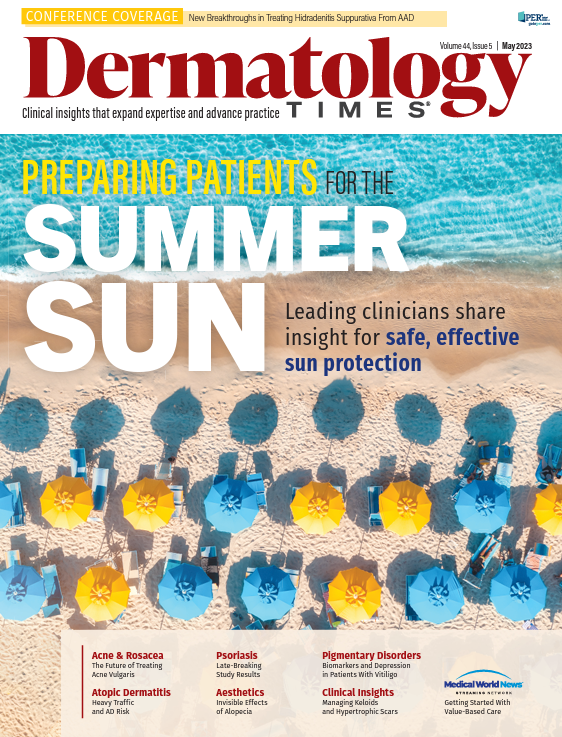
Newsletter
Like what you’re reading? Subscribe to Dermatology Times for weekly updates on therapies, innovations, and real-world practice tips.




